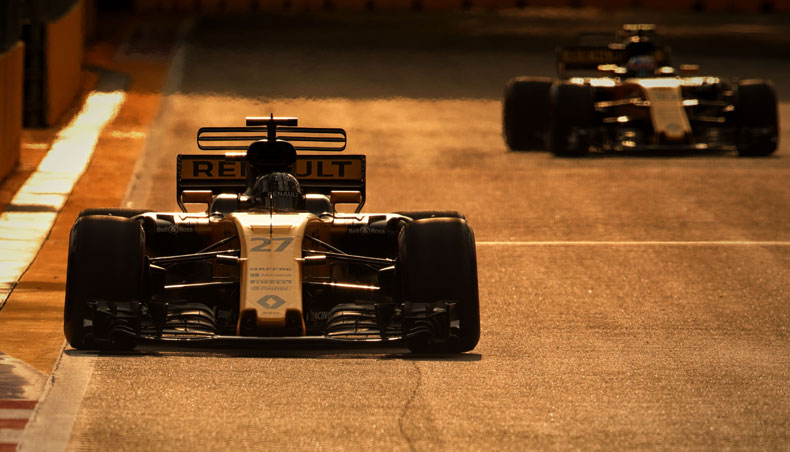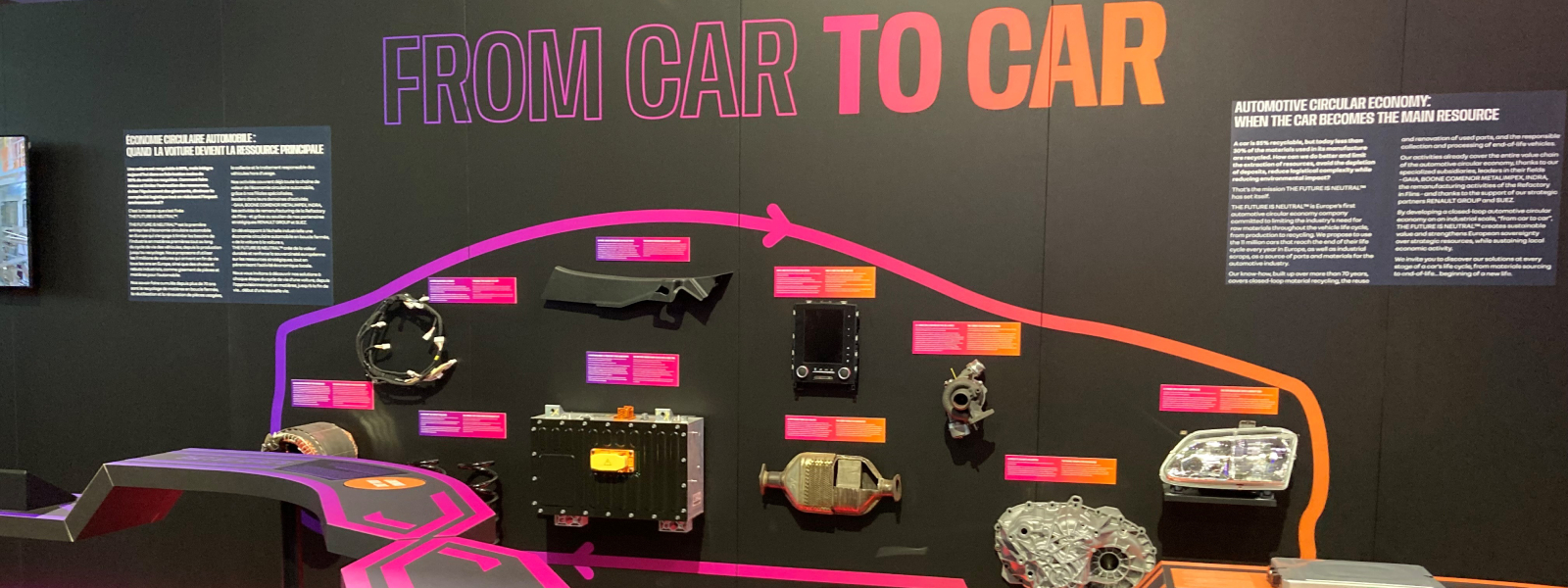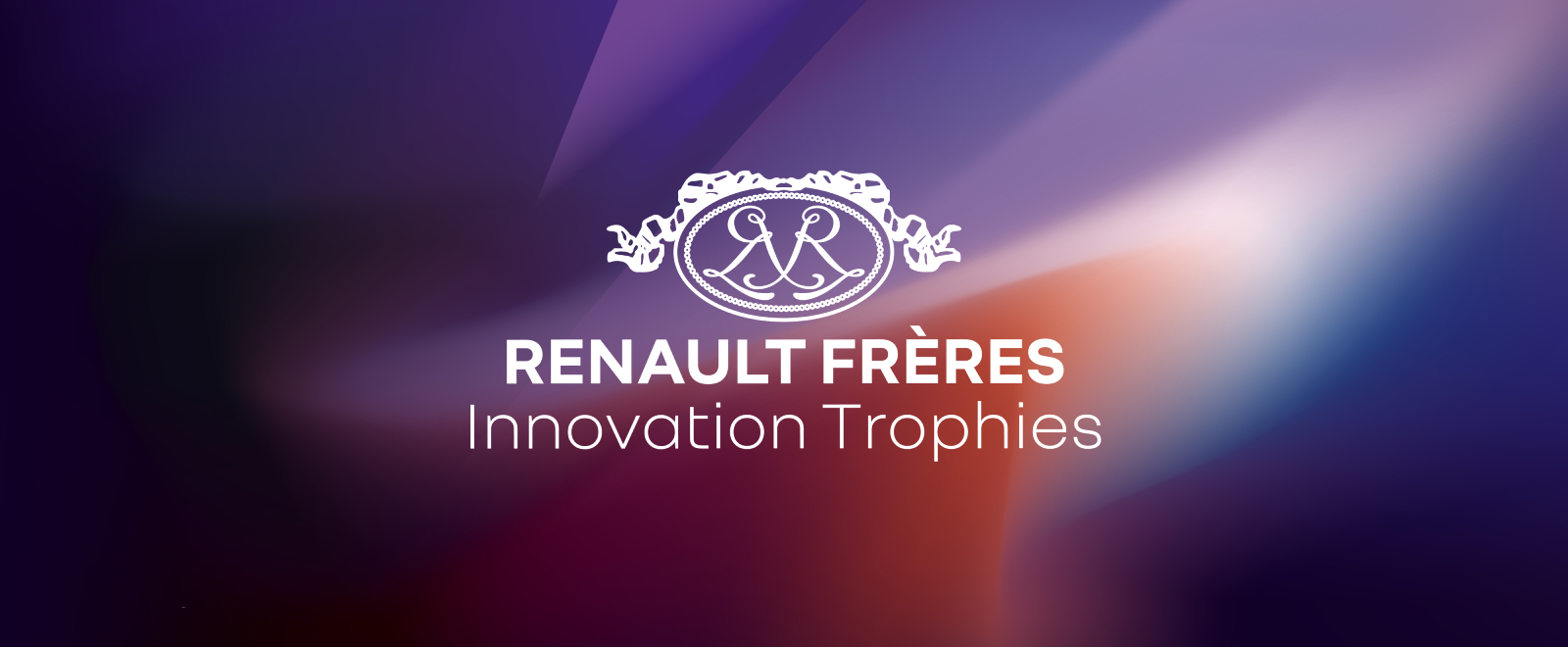

Ever since strict limitations were imposed on private testing in Formula 1, the simulator has taken on a fundamental role by allowing teams to compensate for their lack of real track time between races by racking up kilometres in the virtual world. It is composed of a replica cockpit mounted on eight hoists and closely replicates the movements of the car by working in conjunction with a computer programme that simulates the set-up of the R.S.17.
A scan of each circuit
Once installed inside the cockpit, the driver is faced with a giant curved screen, onto which five ultra-high-definition projectors produce a virtual render of the car and its position on the racetrack. Renault Sport Formula One Team has complete scans of all 20 circuits that make up the current Formula 1 calendar, with each track comprising 100 million pixels! In the case of the Singapore Grand Prix – which takes place at night – the floodlit atmosphere is faithfully reproduced to optimise the drivers’ preparations for the weekend’s challenge.

50,000 virtual kilometres per year!
The simulator is used for two distinct purposes. One, it can help drivers to train for a particular grand prix. Ahead of each race weekend, Nico Hülkenberg and Jolyon Palmer travel to Enstone to virtually reacquaint themselves with the next circuit. This is an exercise that is very hard on the inner ear, and it is not uncommon for drivers to feel ill during these simulator sessions.

The simulator is also – primarily, in fact – used for technical reasons. It enables teams to simulate a variety of different set-ups or virtually evaluate new parts on the car. By the end of the year, Renault’s virtual R.S.17 will have covered no fewer than 50,000 kilometres, which is the equivalent of more than eight full grand prix seasons!
This kind of virtual test session is obviously not impacted by the niggling interruptions that frequently disrupt real-life test days. In this case, a minor ‘off’ does not result in a lengthy repair job in the pits that would normally compromise the team’s planned technical programme. In the simulator, the driver can hit the barriers and get going again straightaway! In the same way, there are no session stoppages due to competitors’ accidents or issues. The upshot is that a test day in the simulator can yield as much as 20GB of data!
An invaluable tool at grand prix weekends
Even during a grand prix weekend, the simulator is put to work in the hands of Renault Sport Formula One Team’s development driver. While Nico Hülkenberg and Jolyon Palmer are taking part in the official practice sessions for the Singapore Grand Prix, a "development driver" (Oliver Rowland for some races) supports them by settling into the team’s simulator at Enstone, more than 10,000km away. By incorporating the data collected by the telemetry in Singapore, it is capable of virtually evaluating the most appropriate set-up solutions for the circuit, in so doing saving the race team precious time in an environment in which every single minute spent on-track is vital. Make no mistake – this simulator is far more than a simple video game!
Join us for Sunday’s Singapore Grand Prix which starts at 2:00pm (CET, September 17).
For more information : Singapore GP factfile
View more




